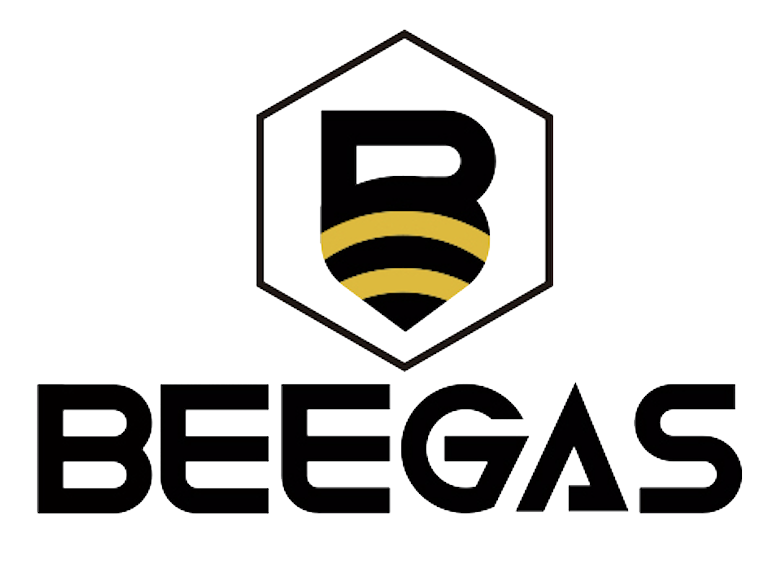Acetylene's Role in Welded Joint Quality
Chemical Composition and Combustion Dynamics
Acetylene is a unique gas composed of two carbon atoms and two hydrogen atoms (C2H2), which plays a pivotal role in achieving superior welded joint quality. Its chemical structure allows for high-energy release during combustion, which is crucial for reaching the high flame temperatures necessary to melt the base metals efficiently. Understanding the combustion process of acetylene is essential for welders aiming to optimize heat output and reduce waste. Achieving the correct stoichiometric ratio of acetylene and oxygen is vital as it ensures maximum heat generation while minimizing harmful by-products. This equilibrium not only enhances the quality of welded joints but also promotes safety by reducing the emission of toxic substances.
Flame Control for Optimal Joint Penetration
Controlling the oxygen-acetylene ratio is key to achieving the desired flame type, be it neutral, carburizing, or oxidizing, each affecting the penetration depth and integrity of the weld. Skilled welders use nuanced flame control to tailor the heat input precisely, ensuring strong and reliable joints. For instance, case studies highlight that welds produced with meticulously controlled acetylene flames exhibit improved mechanical properties, such as enhanced tensile strength and ductility. This technical precision enables welders to adapt their methods to specific material requirements, securing both the functionality and durability of the welds.
Heat Distribution Patterns in Fusion Zones
The substantial heat output of acetylene significantly influences the heat-affected zone (HAZ), producing specific hardness changes and microstructural transformations in the welded metals. Analysis of heat distribution via thermal imaging allows insight into acetylene's effect on cooling rates and the final properties of the joint. Research indicates that uniform heat distribution achieved with acetylene results in reduced residual stresses and increased fatigue resistance, leading to more robust welded joints. This understanding highlights the importance of acetylene in not just melting the metal, but also in ensuring the post-weld cooling process reinforces joint strength.
Acetylene vs. Argon Gas in Modern Welding
In the realm of modern welding, the choice between acetylene and argon gas can significantly impact the outcome. Acetylene provides higher temperatures compared to argon, making it ideal for welding thicker materials where effective penetration is crucial. Studies on weld tensile strength have shown that the properties of the weld heavily depend on the chosen shielding gas. While argon gas is clean and inert, offering a stable and uncontaminated weld environment, acetylene's unique characteristics allow it to enhance joint penetration during oxy-fuel processes. This ability to achieve deeper welds can be advantageous when working with specific metals or joint geometries. Thus, selecting the appropriate gas based on material and joint requirements is essential for optimal welding results.
Nitrogen Gas Applications in Specialty Welds
Nitrogen gas plays a crucial role in specialty welding applications that demand active shielding, particularly for specific alloys. When combined with acetylene, nitrogen can significantly enhance the integrity of aluminum and stainless steel welds by minimizing oxidation. This pairing ensures that the metals are shielded from atmospheric contamination, resulting in cleaner and more robust welds. Furthermore, technical comparisons reveal that the versatility of nitrogen solutions, along with acetylene, is beneficial for tackling challenges associated with unique alloy combinations. This adaptability makes nitrogen an invaluable resource for achieving robust joints, especially in applications where conventional gases may not suffice.
Oxygen Cylinder Synergy with Acetylene Flames
The integration of oxygen cylinders with acetylene in welding is fundamental for producing an optimal flame that facilitates efficient metalwork. An understanding of cylinder delivery systems is essential to maintain adequate oxygen flow and flame stability. Proper management of these parameters can drastically affect the welding process, leading to improved weld quality. Expert reviews underscore that achieving the right balance between oxygen and acetylene not only enhances the weld's efficiency but also reduces overall gas consumption. This synergy contributes to better welding performance and more sustainable practices, ensuring that high-quality welding is achieved with minimal resource expenditure.
Premium Acetylene Solutions for Welding Excellence
Technical Specifications and Safety Standards
Acetylene is a highly flammable gas, requiring adherence to strict safety standards for safe handling. Industry standards, particularly those established by the American National Standards Institute (ANSI), are crucial to ensure the safe use of acetylene in welding. Experts highlight documented incidents to emphasize the necessity of following these regulations, as negligence could result in accidents and jeopardize operational safety.
Versatile Industrial Applications
Acetylene gas is valued for its versatility in various industrial applications, from metal fabrication to construction. Its effectiveness in cutting and welding has led to widespread use across key sectors, enhancing productivity and ensuring weld integrity. User testimonials from industry leaders further underscore its reliability in diverse and demanding environments, making acetylene a staple in industrial operations.
Storage Best Practices for Gas Purity
For maintaining acetylene quality, proper storage practices are essential, particularly controlling humidity and temperature. Regulatory guidelines recommend specific container specifications and placement to ensure gas purity remains uncompromised and to avoid cylinder-related hazards. Practical safety data shows that poor storage can affect product efficacy and introduce safety risks, emphasizing the importance of adherence to best practices for storage.





